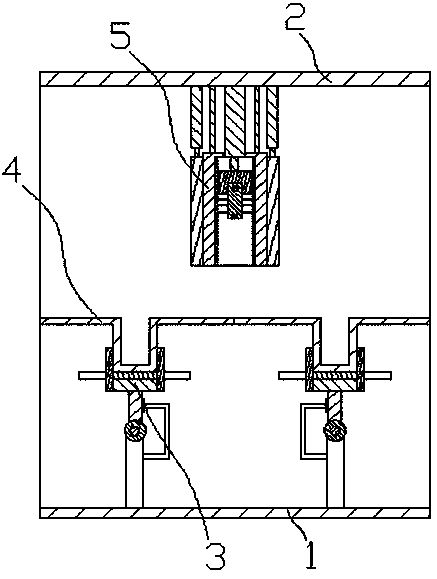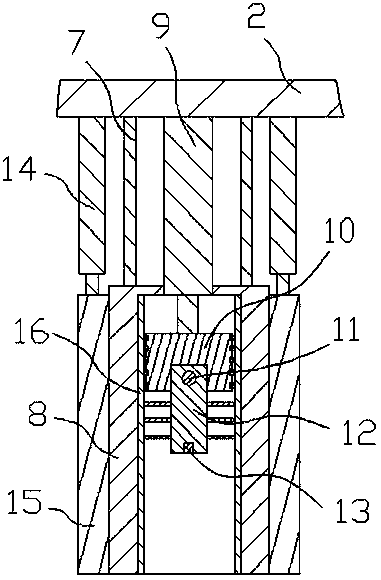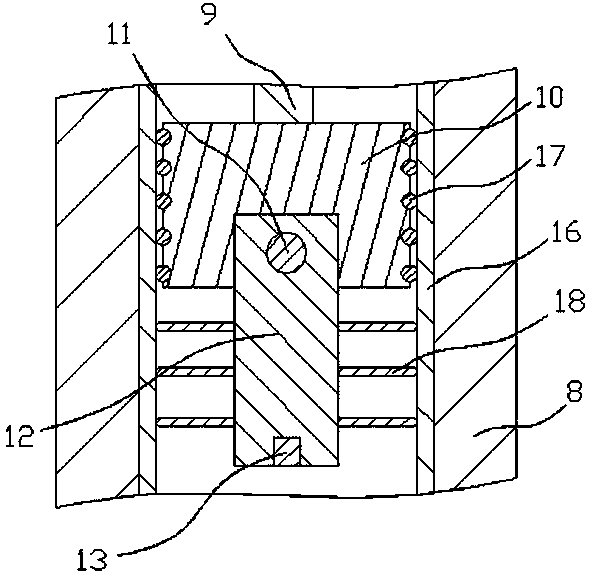Laser cutting mechanism
A laser cutting and loading technology, applied in the field of laser applications, can solve problems such as affecting cutting quality and inclination
- Summary
- Abstract
- Description
- Claims
- Application Information
AI Technical Summary
Problems solved by technology
Method used
Image
Examples
Embodiment Construction
[0018] In order to enable those skilled in the art to better understand the technical solution of the present invention, the present invention will be described in detail below in conjunction with the accompanying drawings. The description in this part is only exemplary and explanatory, and should not have any limiting effect on the protection scope of the present invention. .
[0019] Such as Figure 1-3 As shown, the specific structure of the present invention is: a laser cutting mechanism, including a lower frame 1 and an upper frame 2, the lower frame 1 is provided with a loading device 3 that cooperates with the product 4, and the upper frame 2 A laser cutting device 5 is arranged below, and the laser cutting device 5 includes a cutting sleeve 8 connected to the upper frame 2 through a connecting rod 7. The cutting sleeve 8 is a cavity cover with a lower opening, and the upper frame 2 is provided below There is a cutting lifting cylinder 9 with a cylinder head penetratin...
PUM
 Login to View More
Login to View More Abstract
Description
Claims
Application Information
 Login to View More
Login to View More - R&D
- Intellectual Property
- Life Sciences
- Materials
- Tech Scout
- Unparalleled Data Quality
- Higher Quality Content
- 60% Fewer Hallucinations
Browse by: Latest US Patents, China's latest patents, Technical Efficacy Thesaurus, Application Domain, Technology Topic, Popular Technical Reports.
© 2025 PatSnap. All rights reserved.Legal|Privacy policy|Modern Slavery Act Transparency Statement|Sitemap|About US| Contact US: help@patsnap.com



